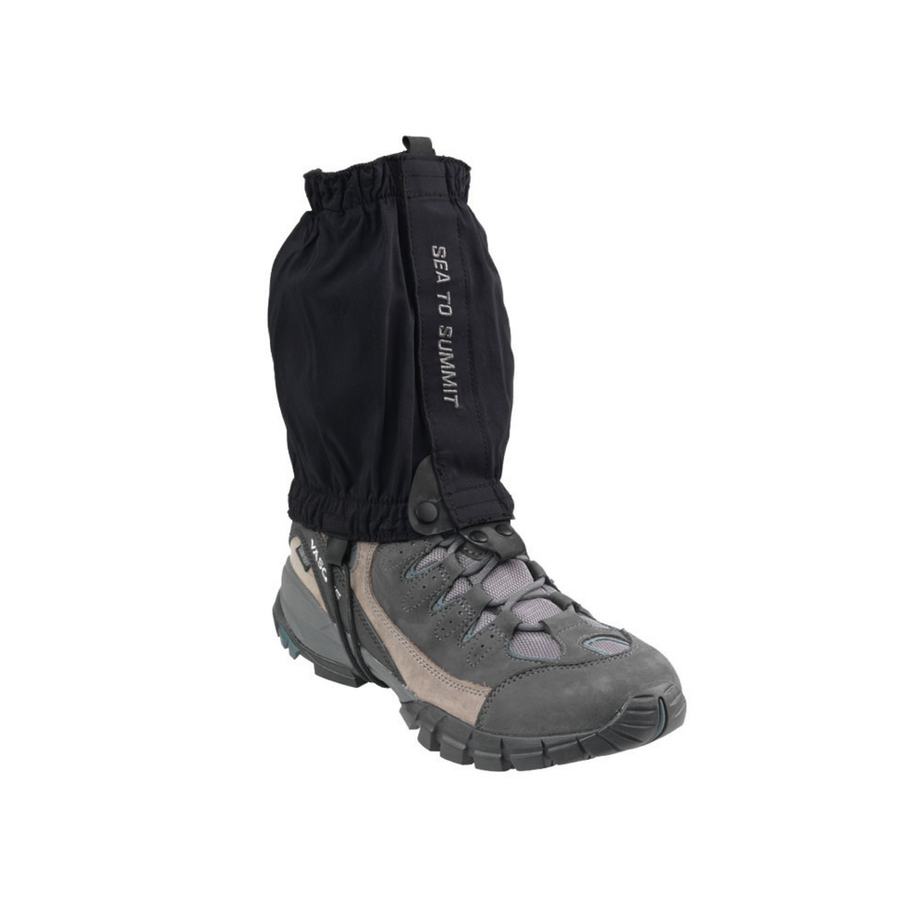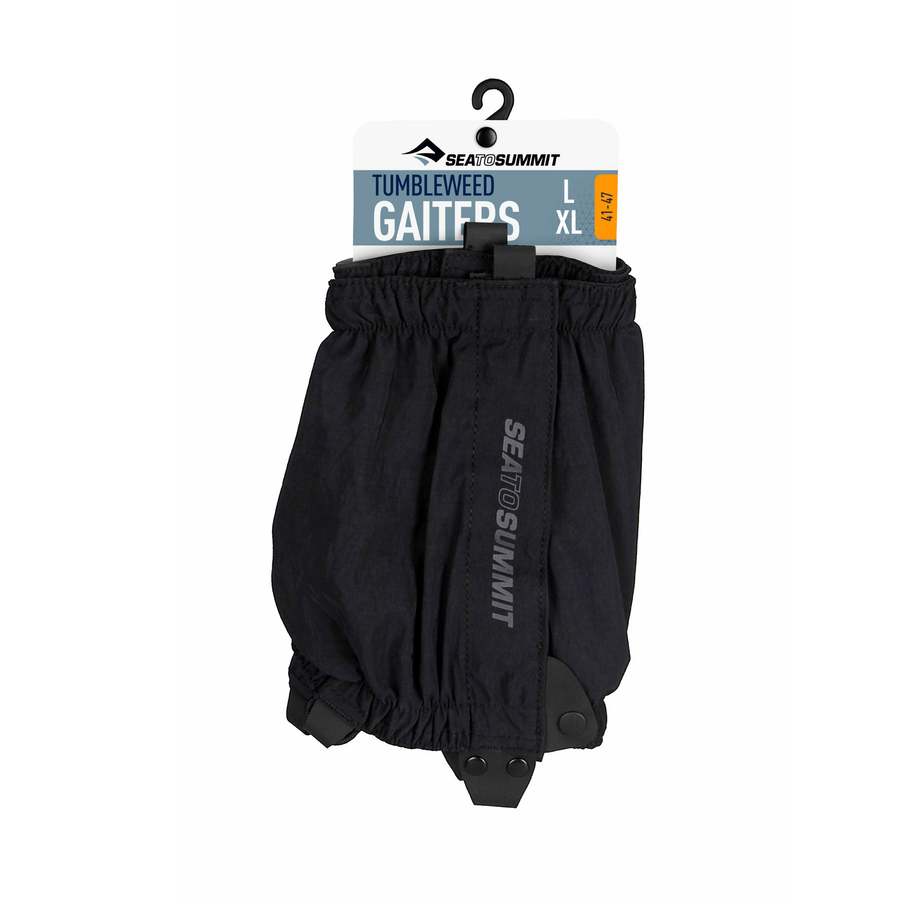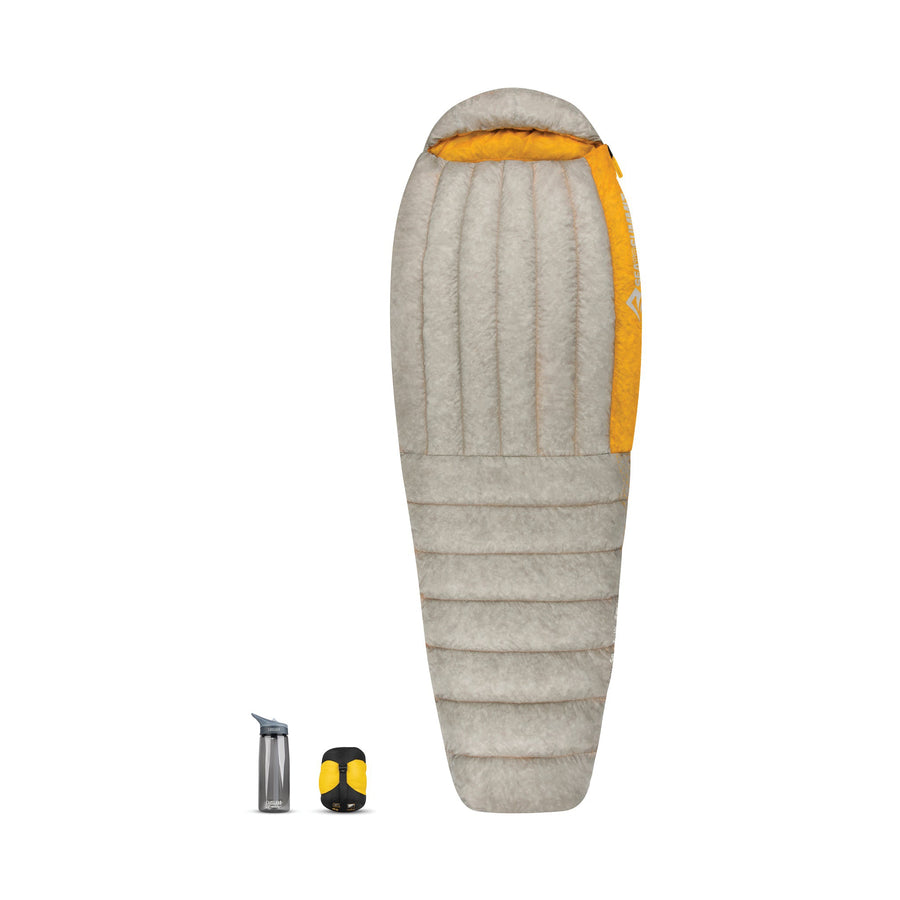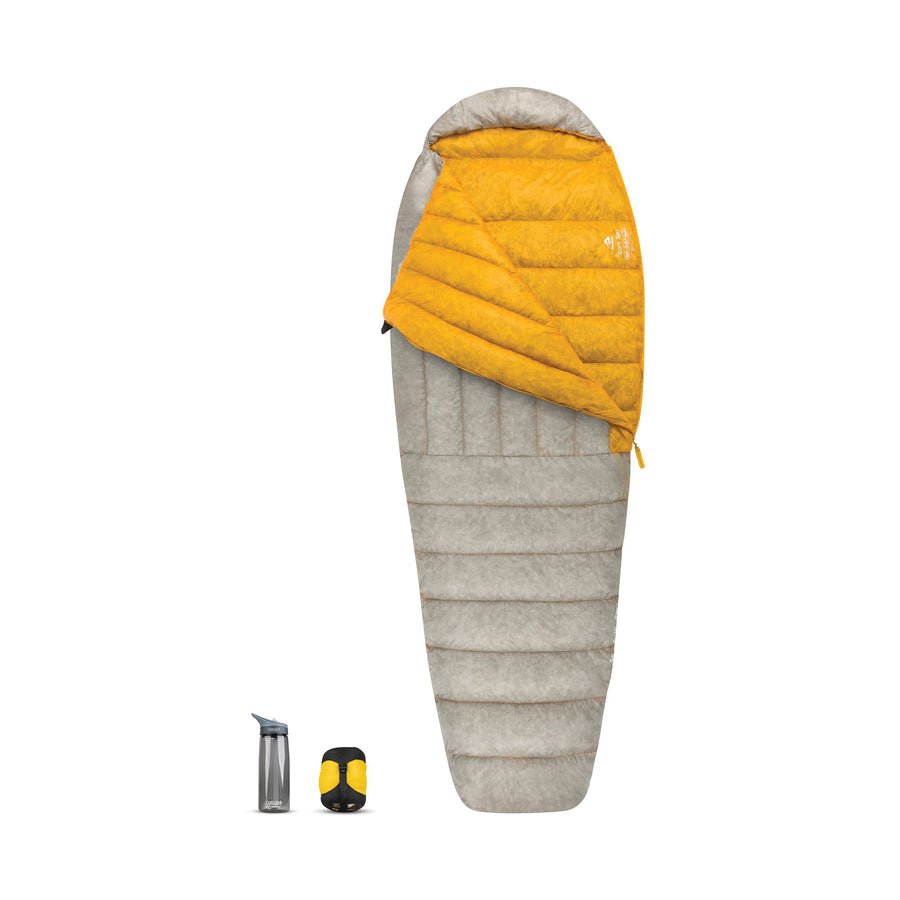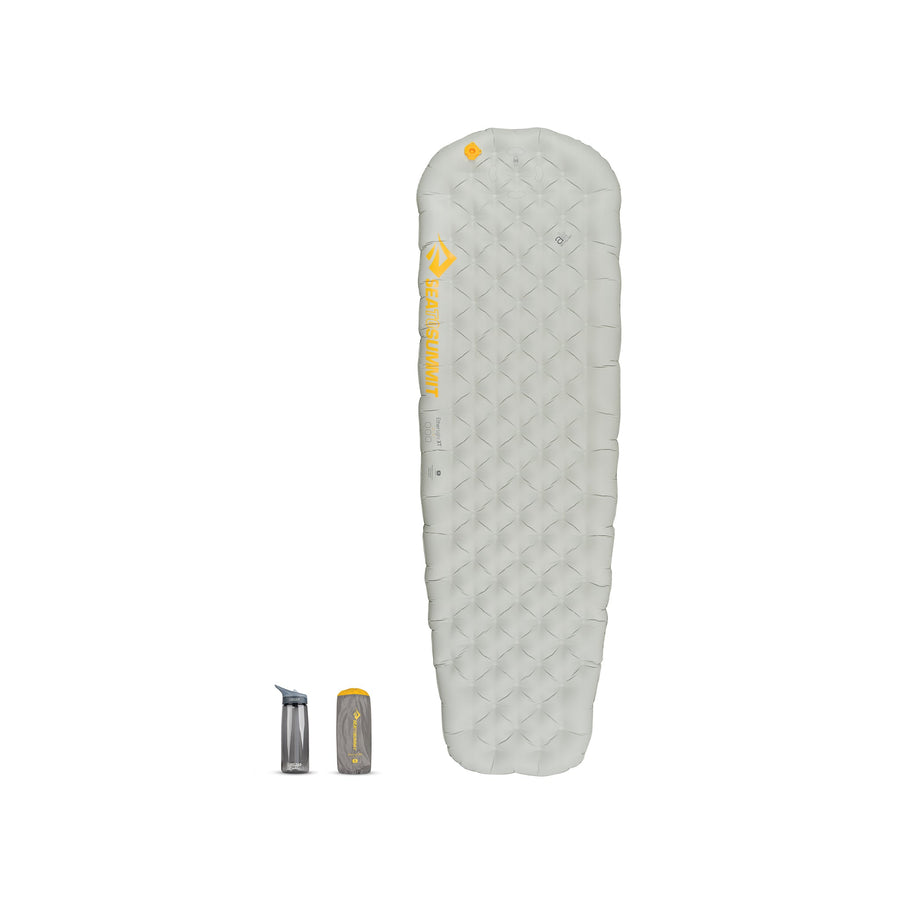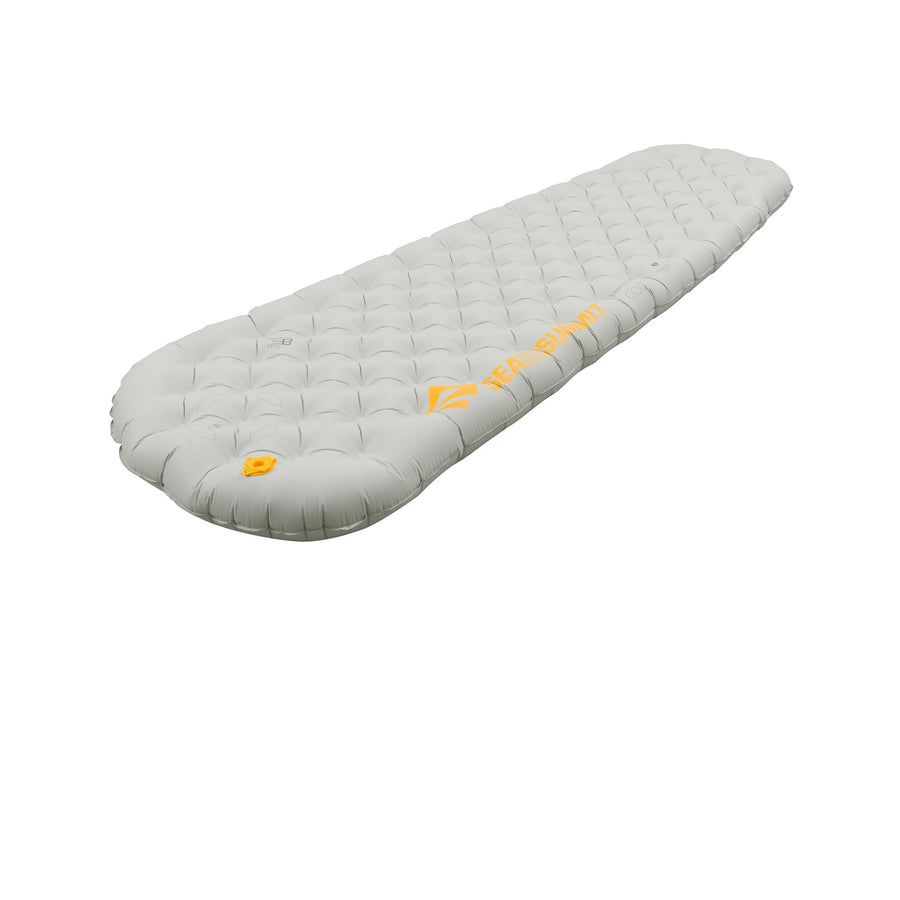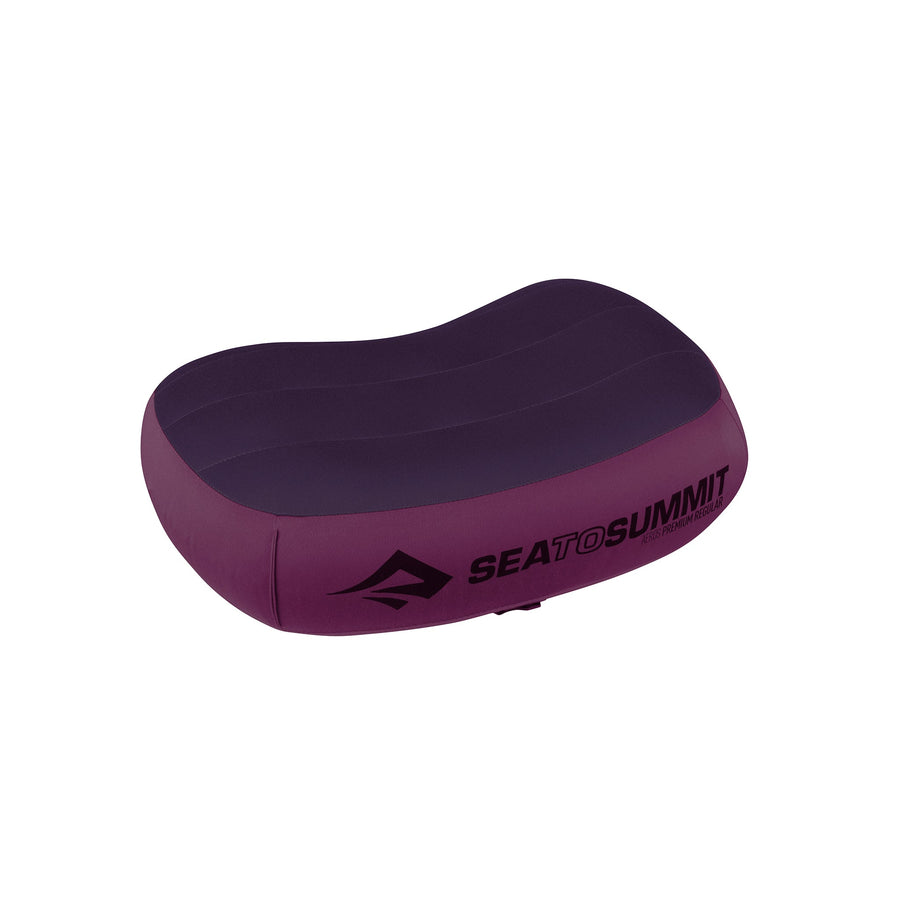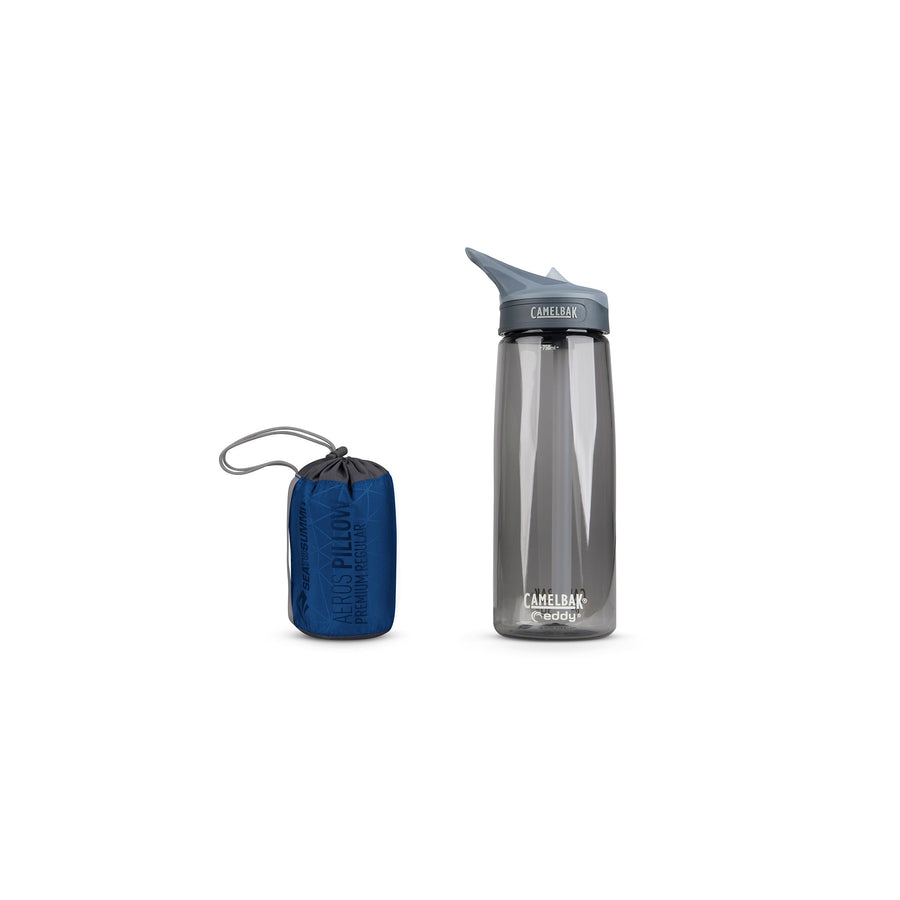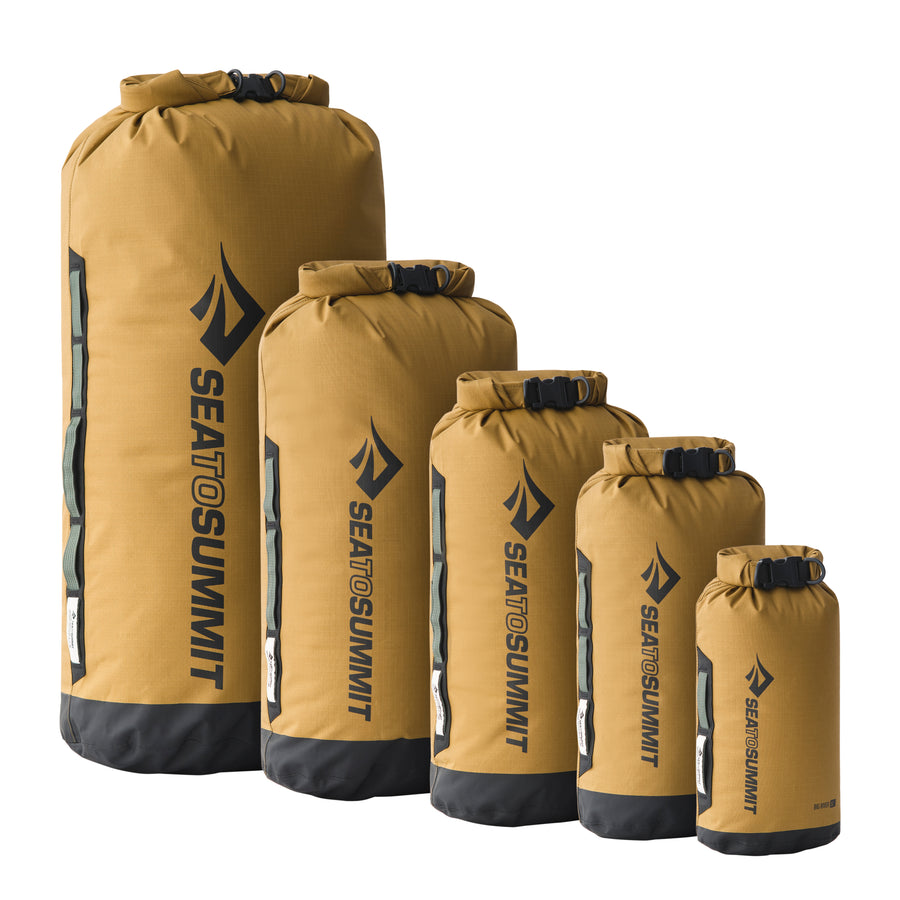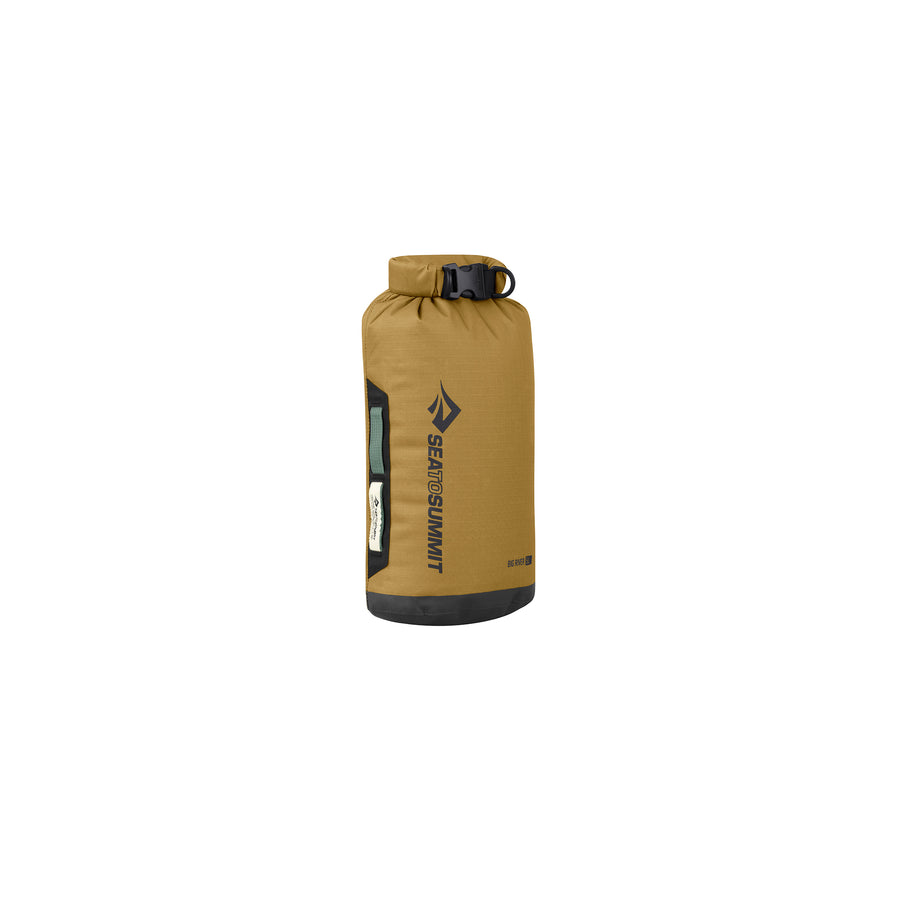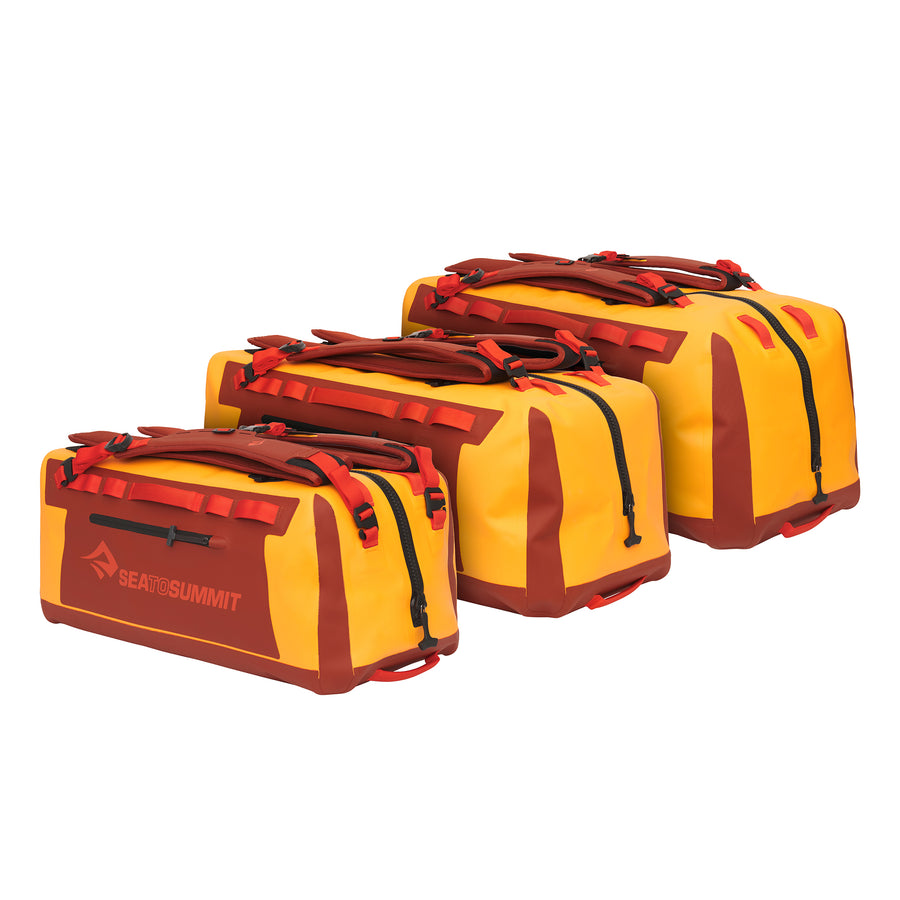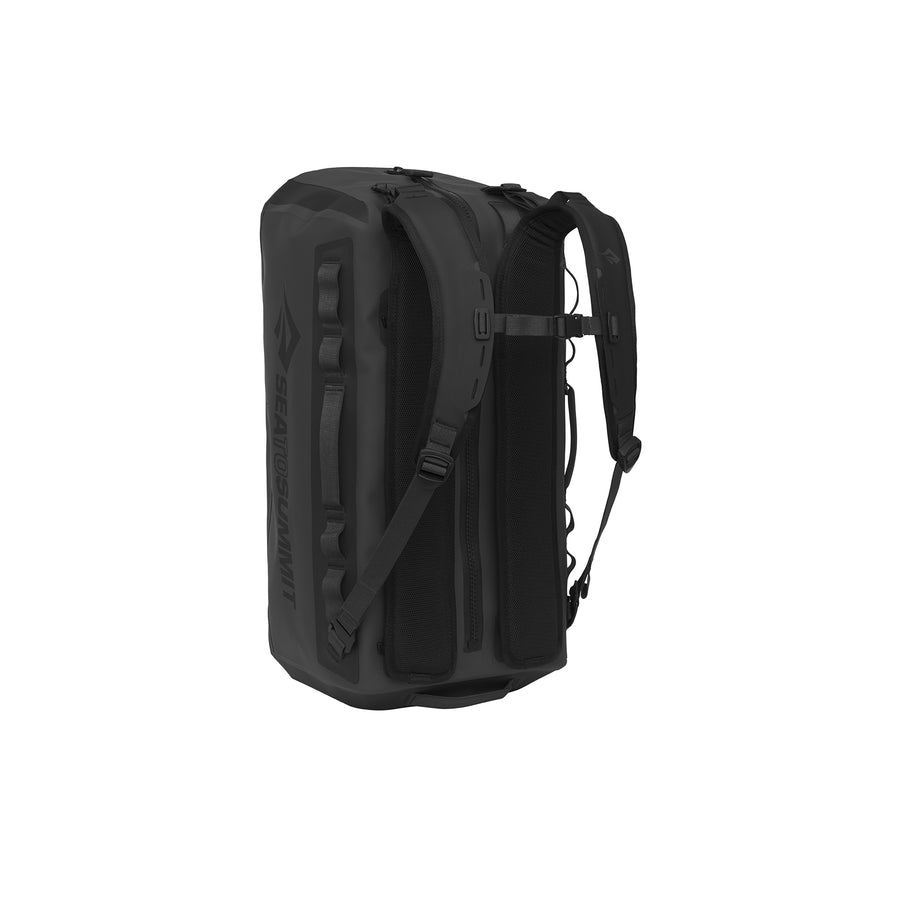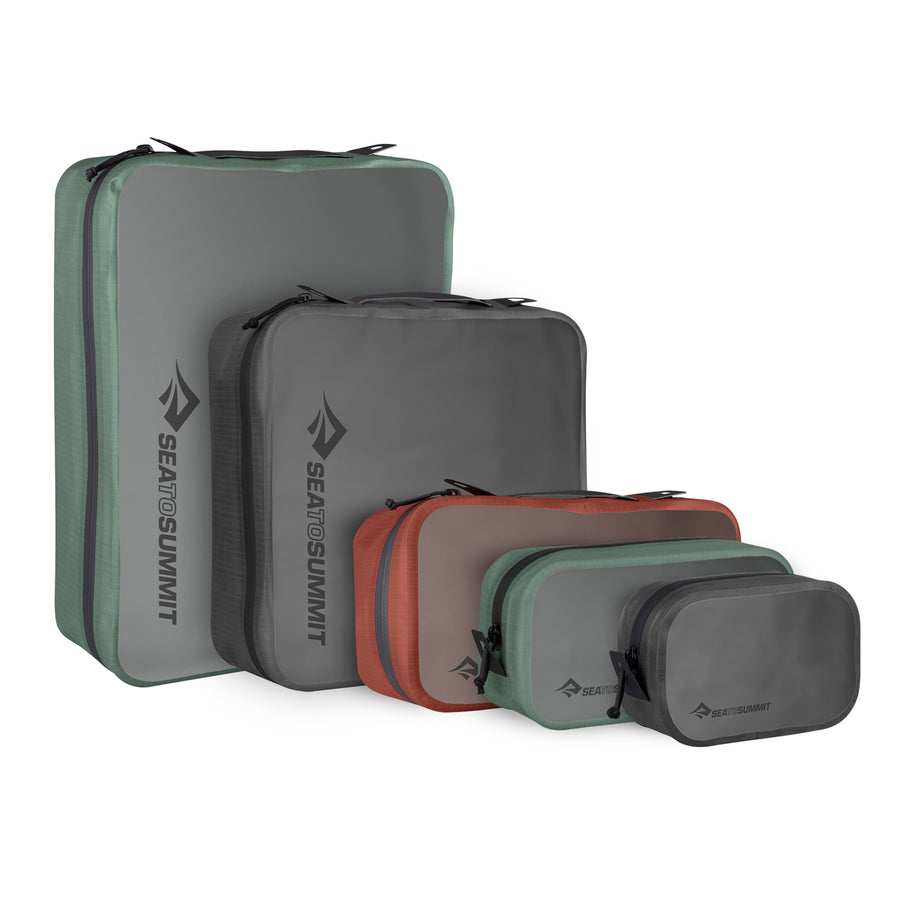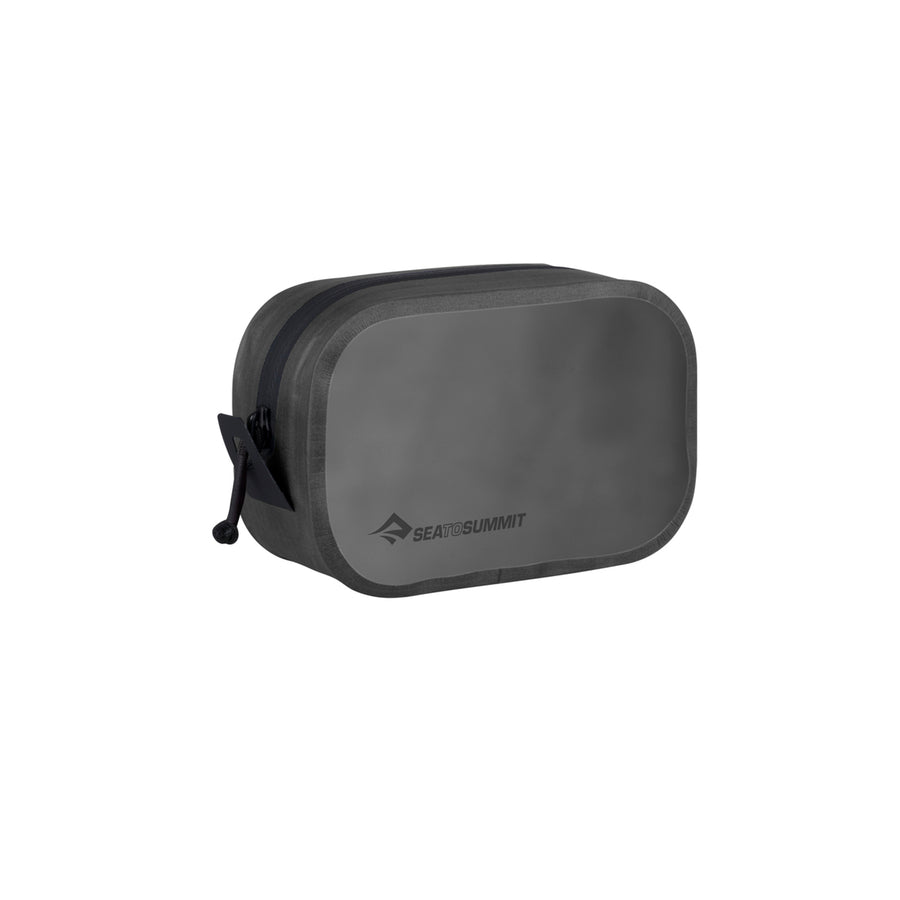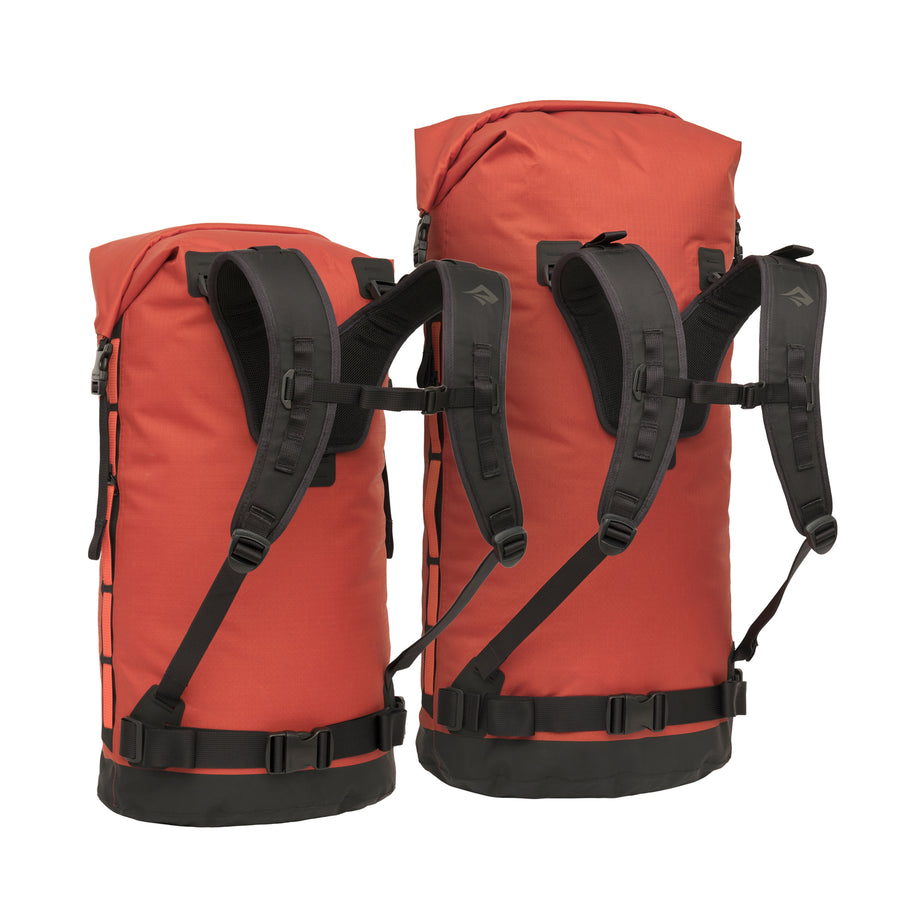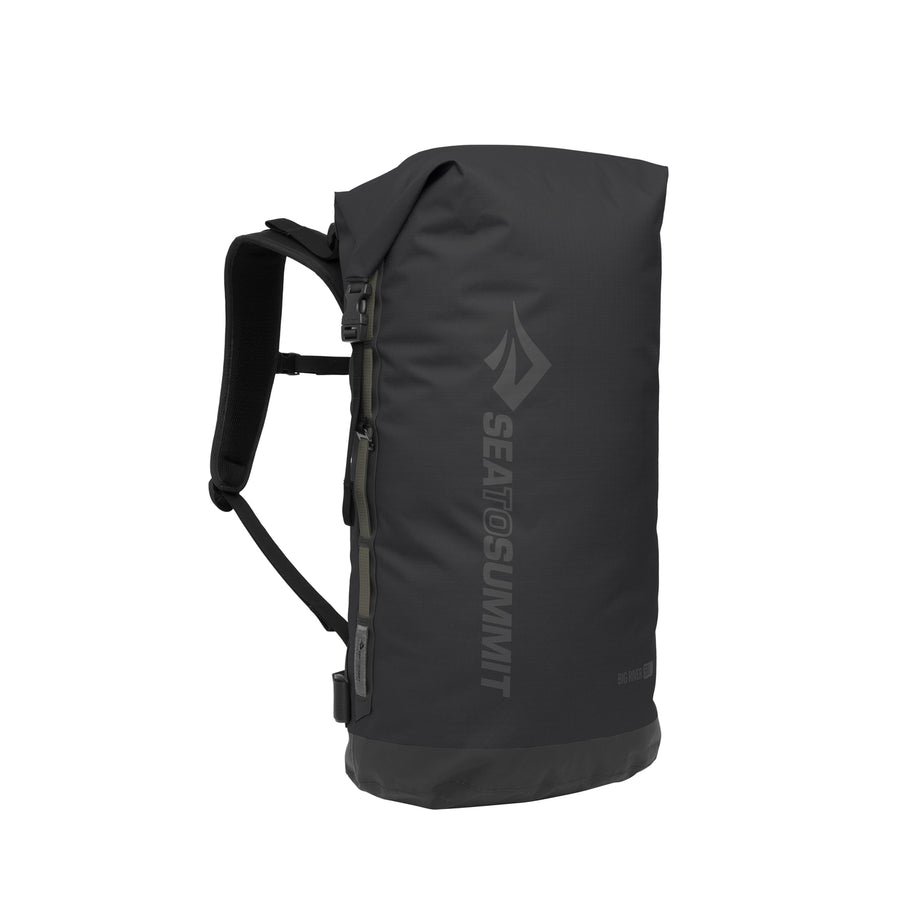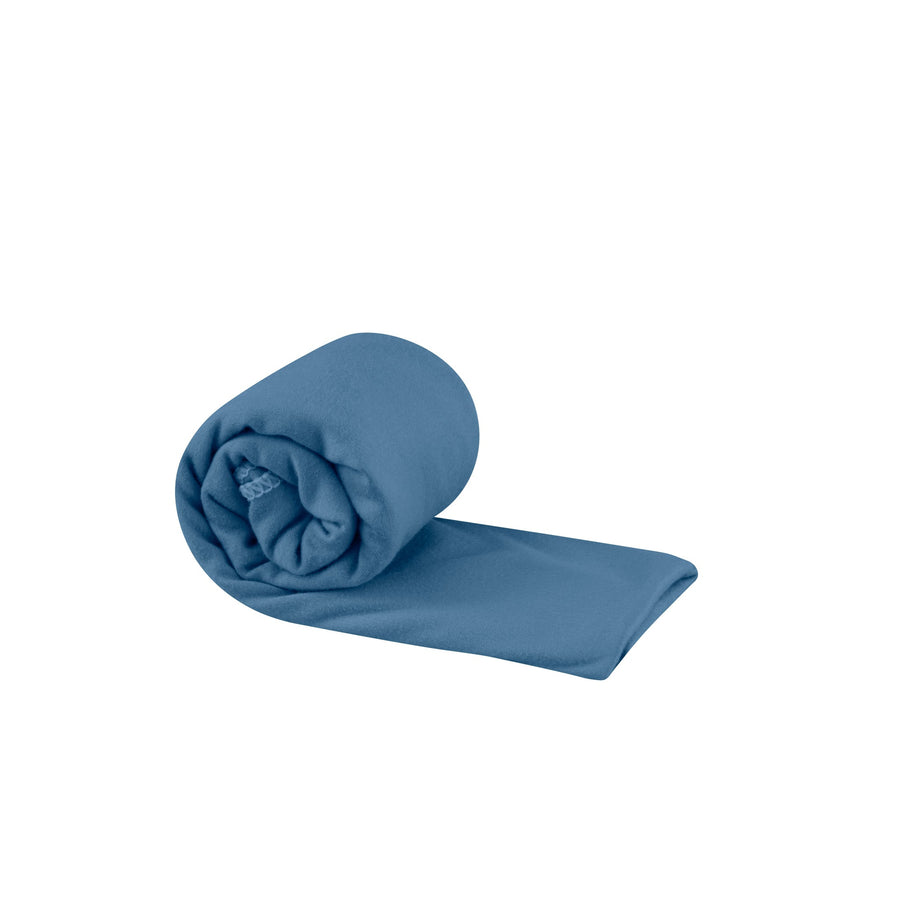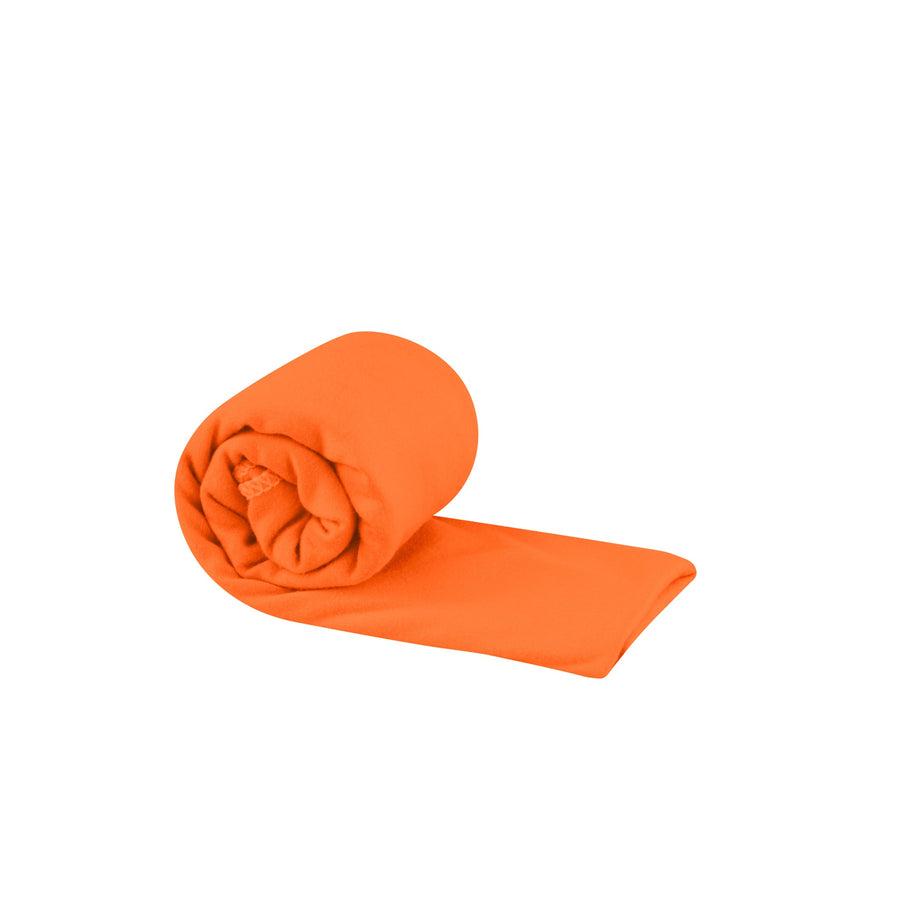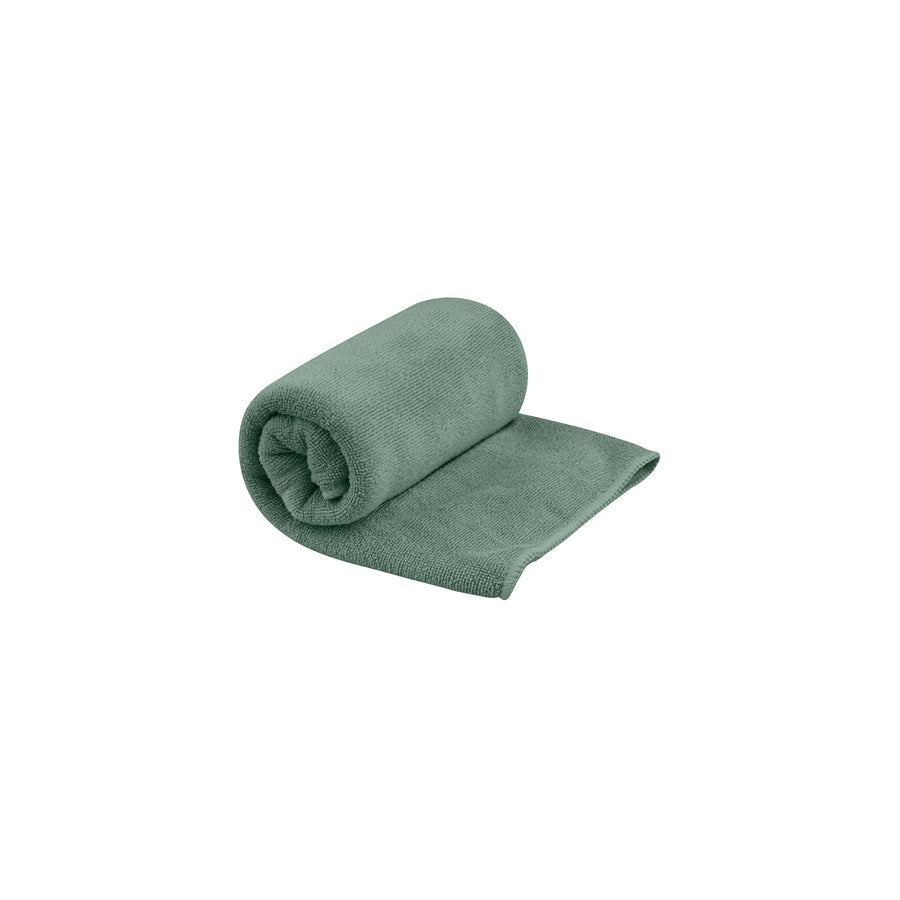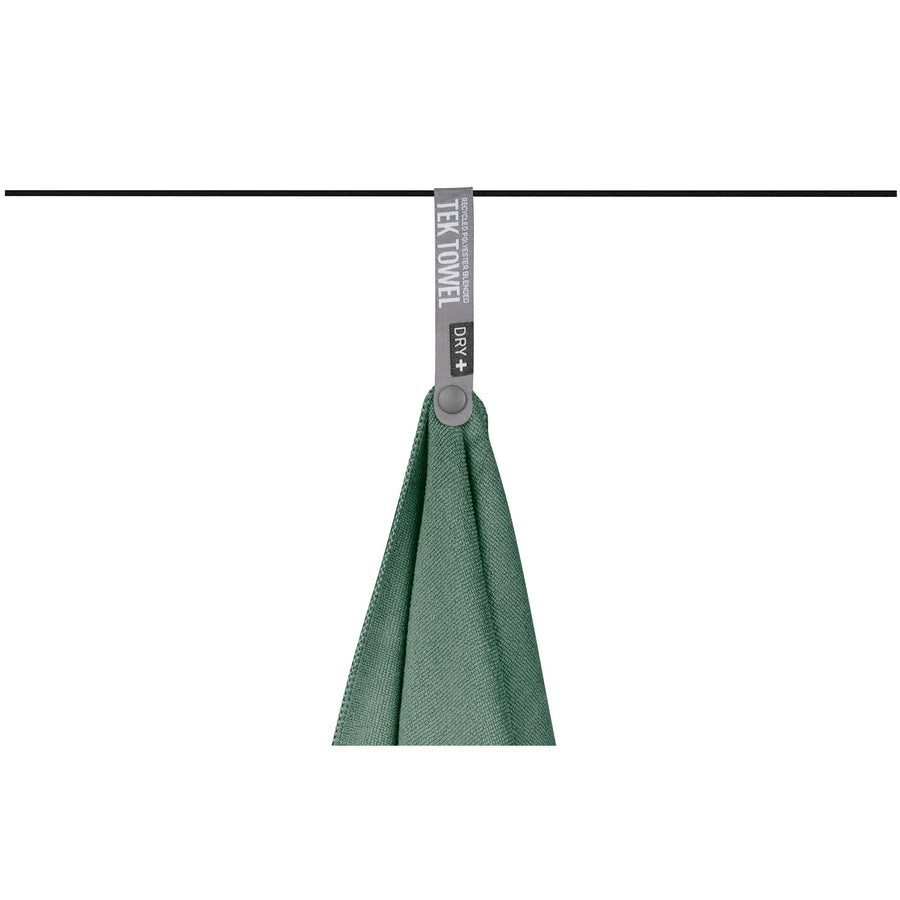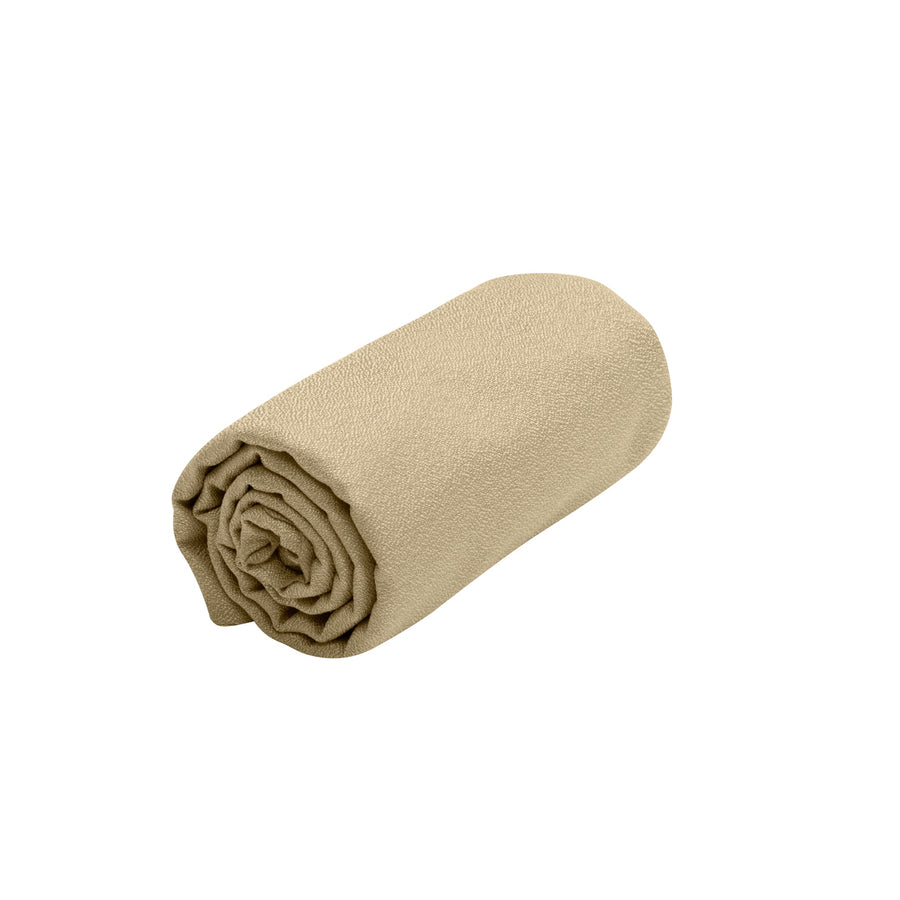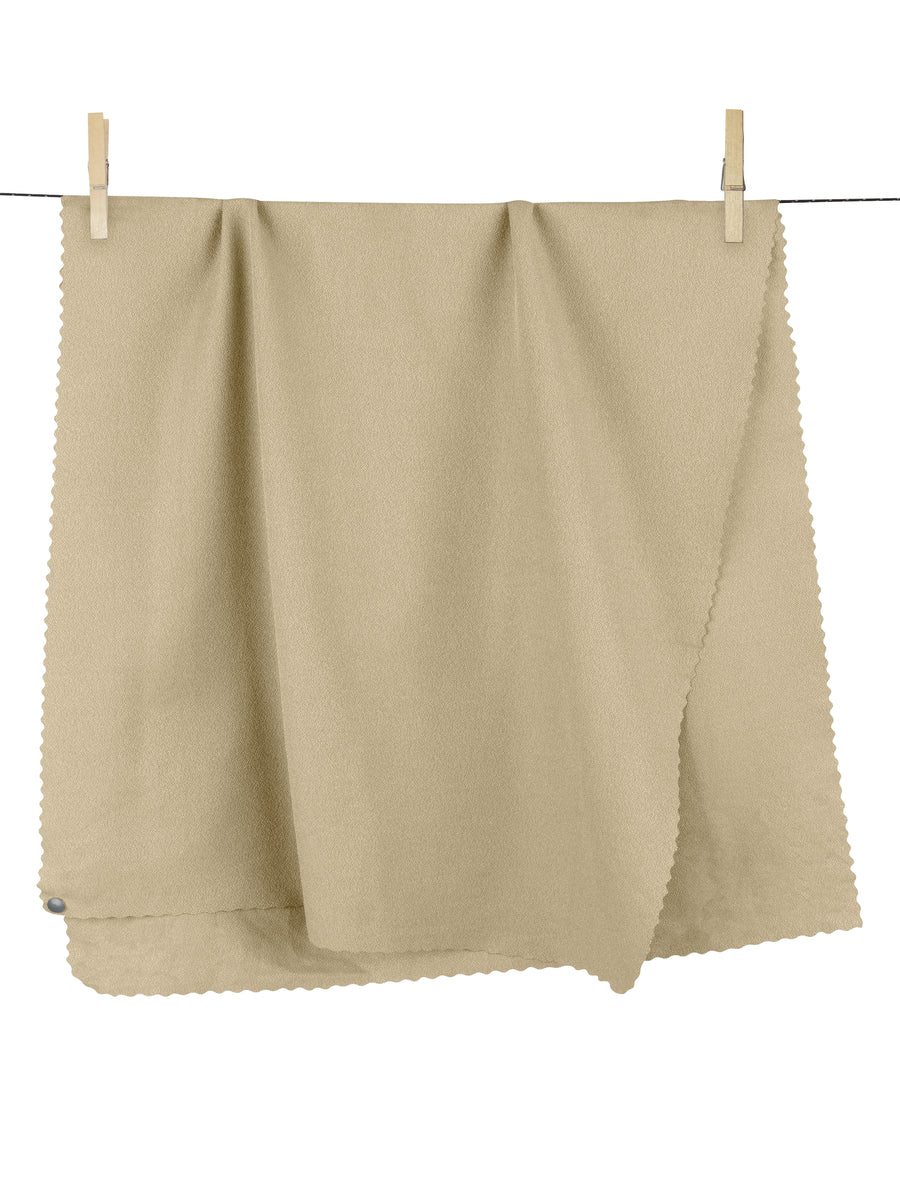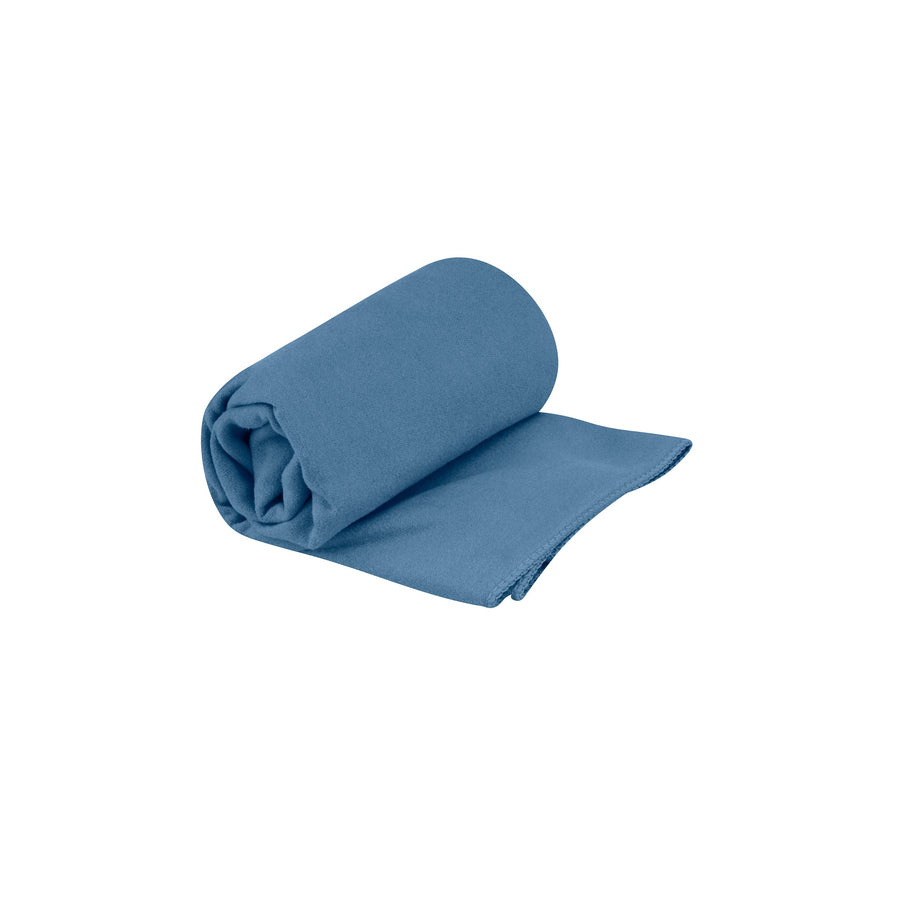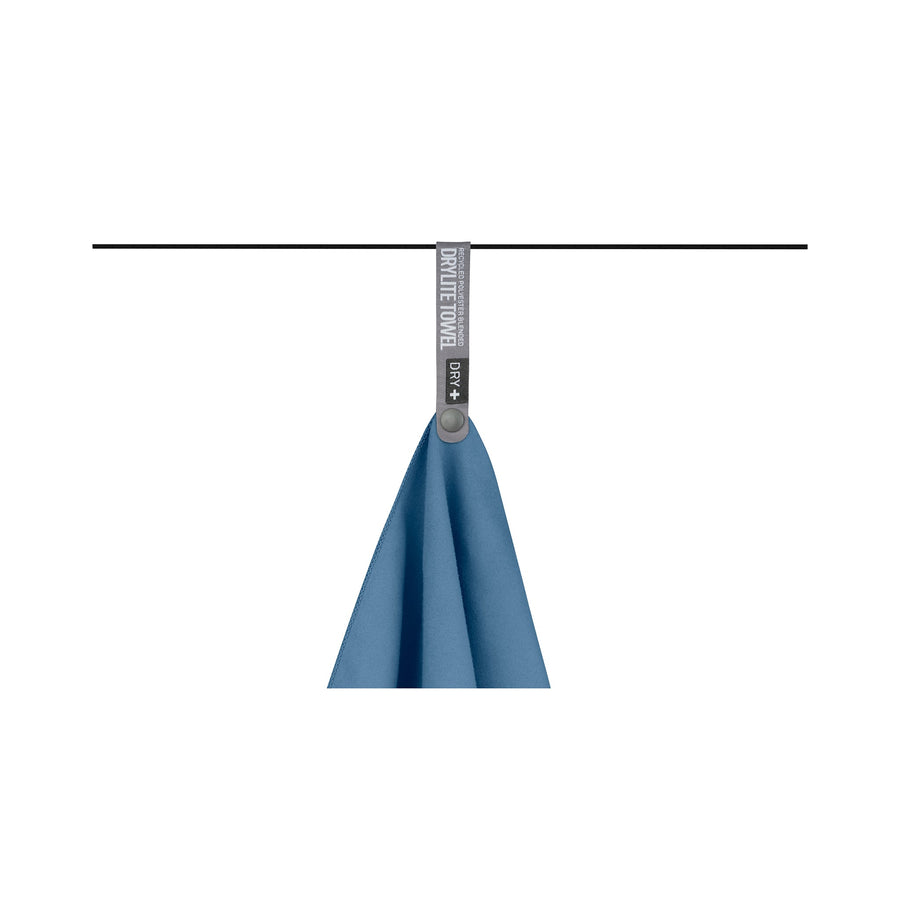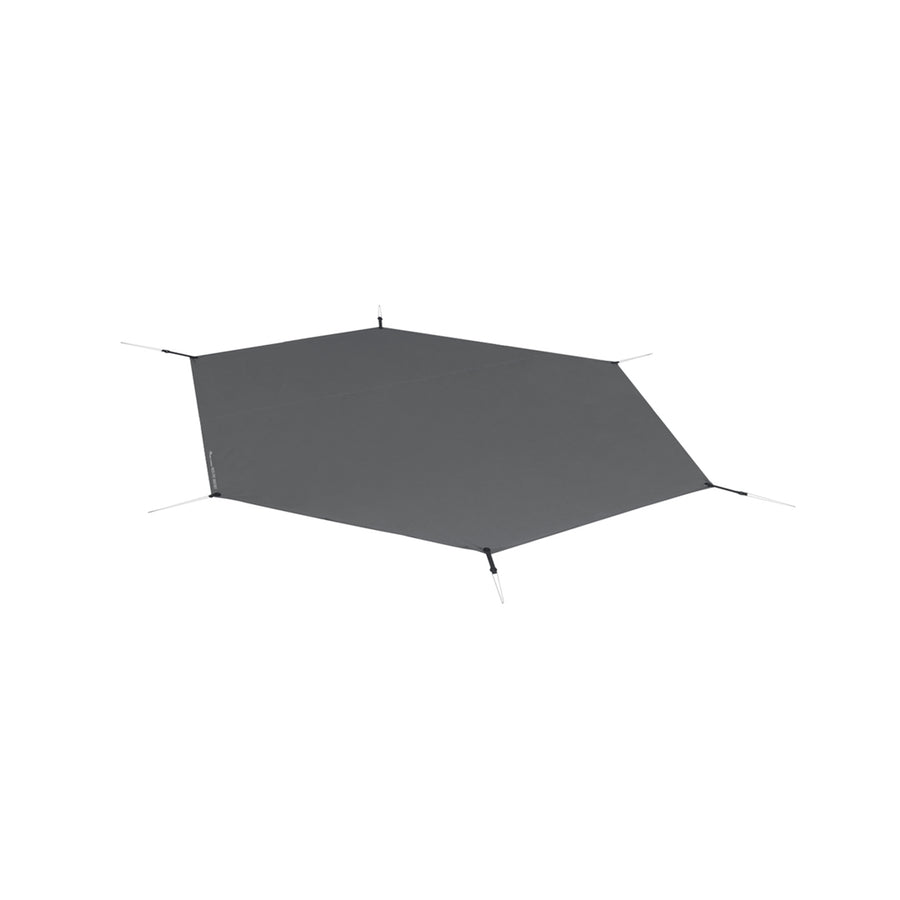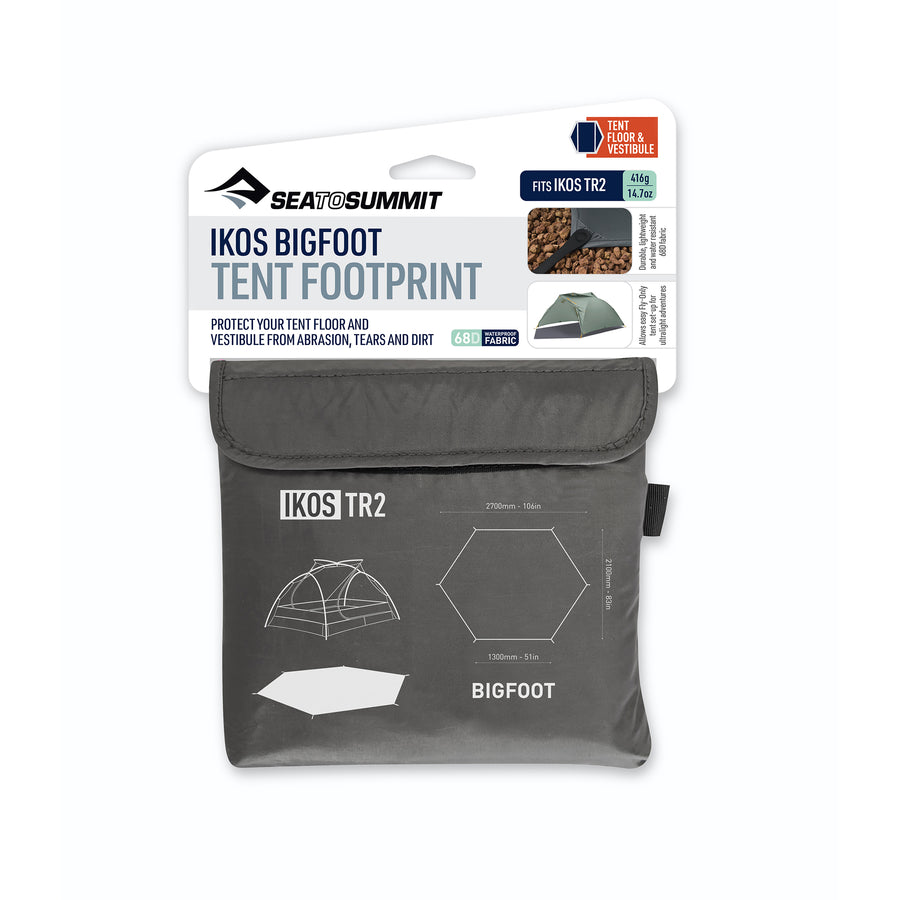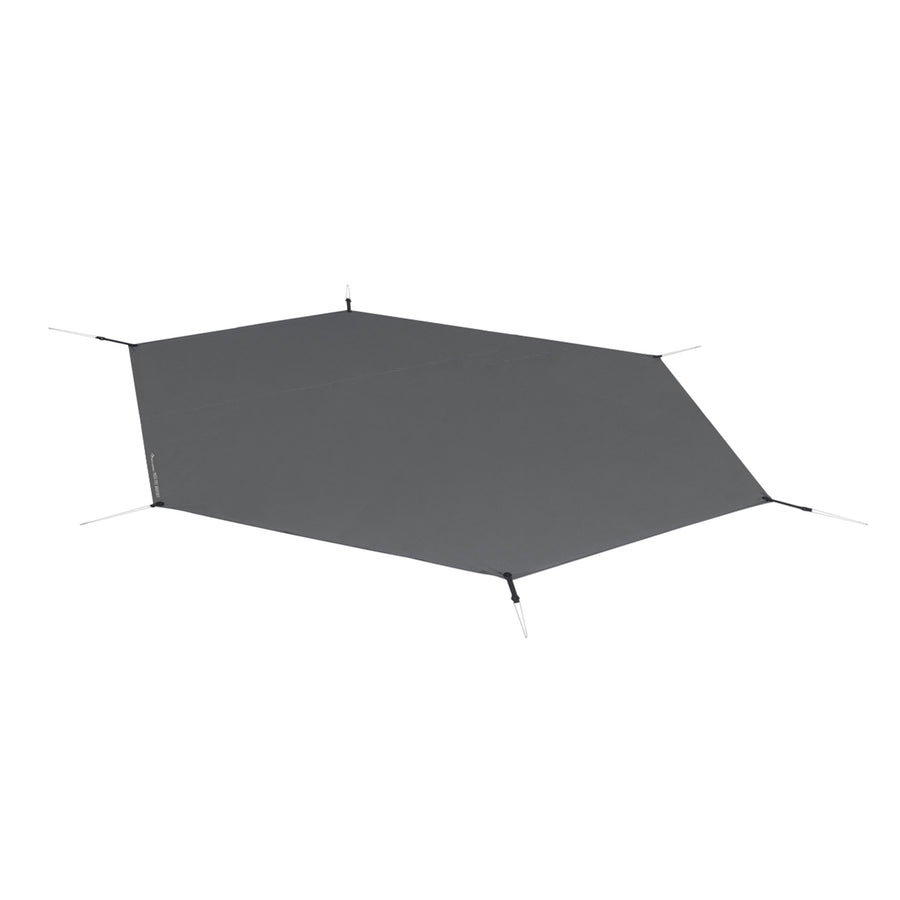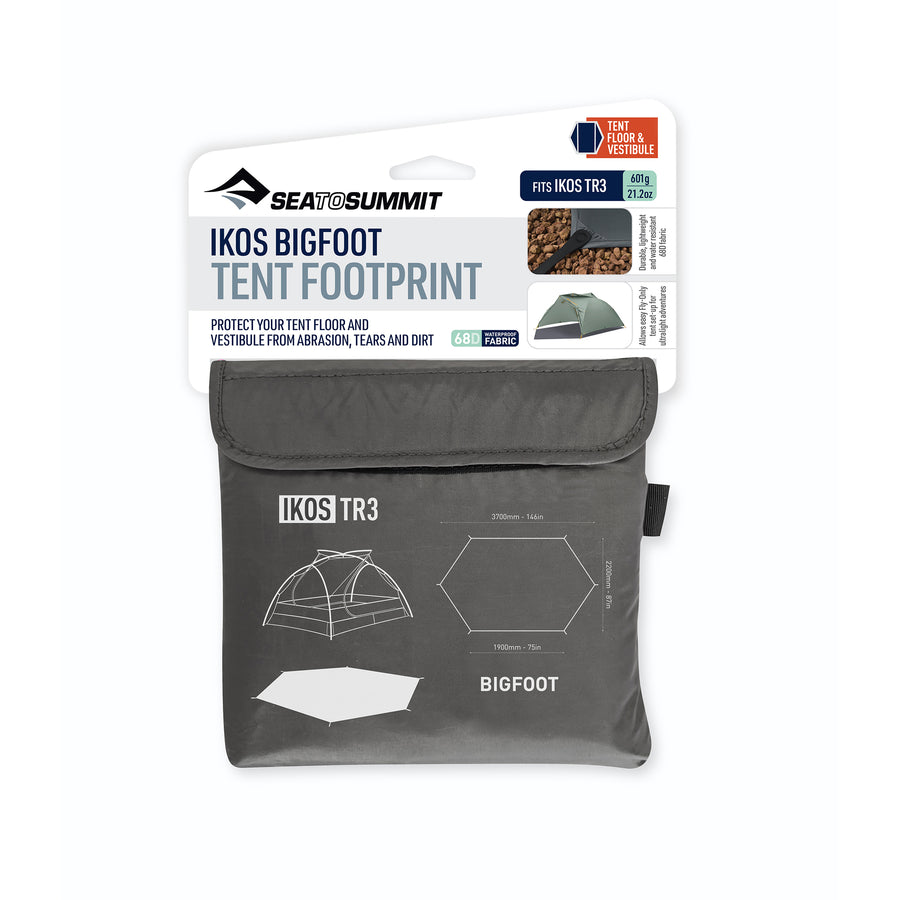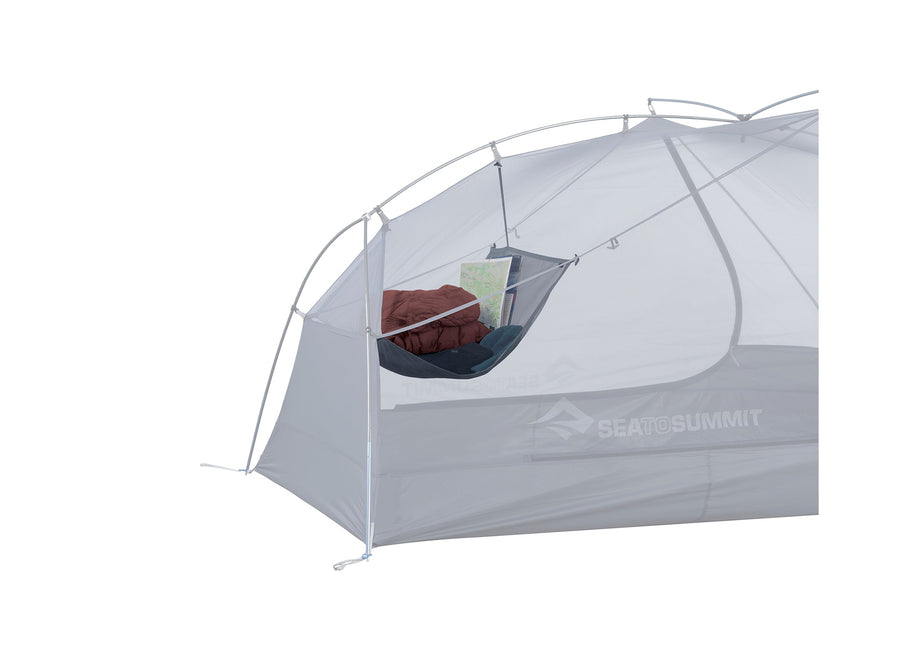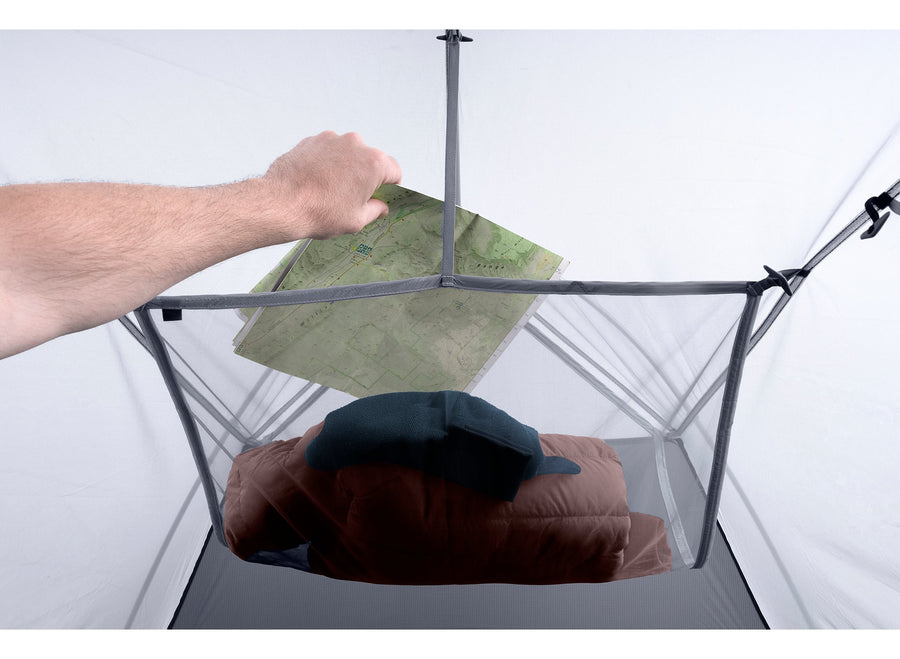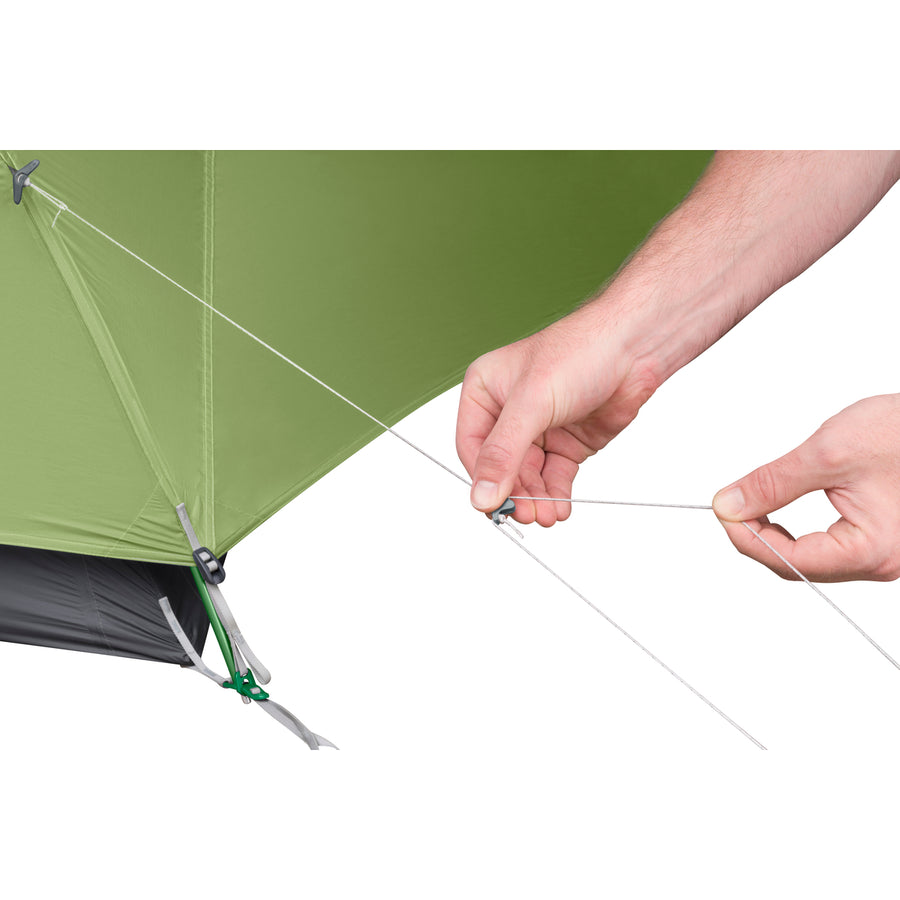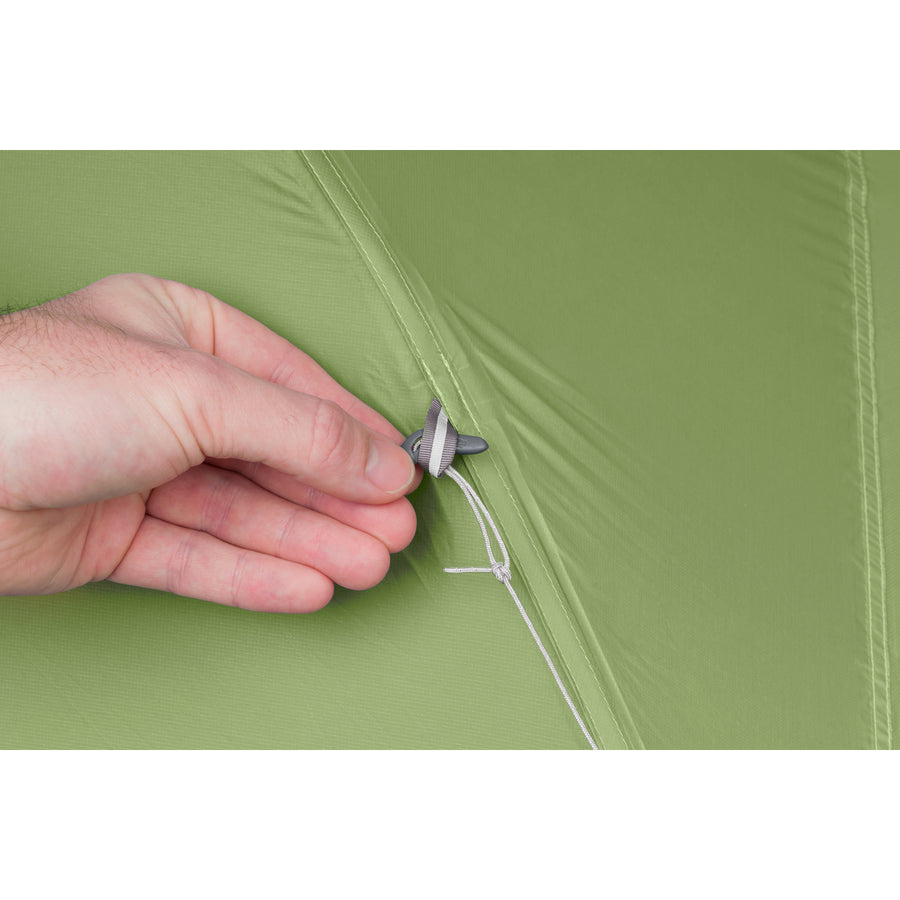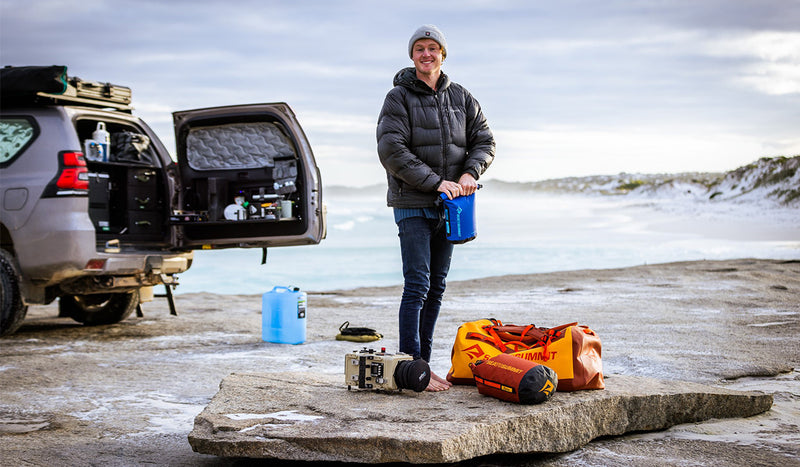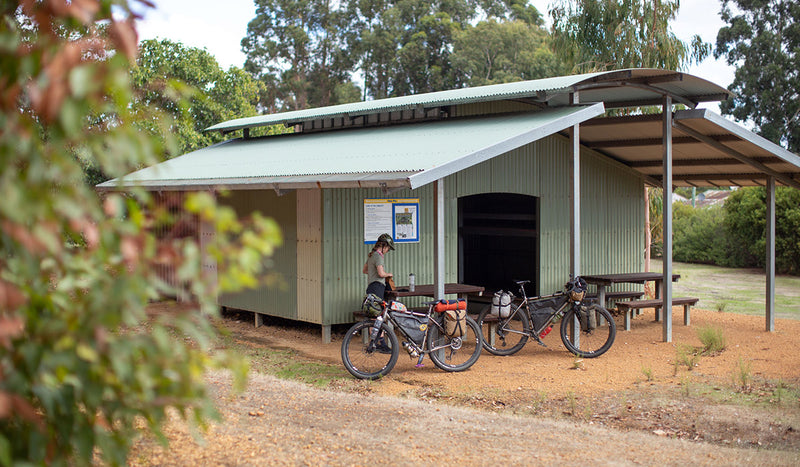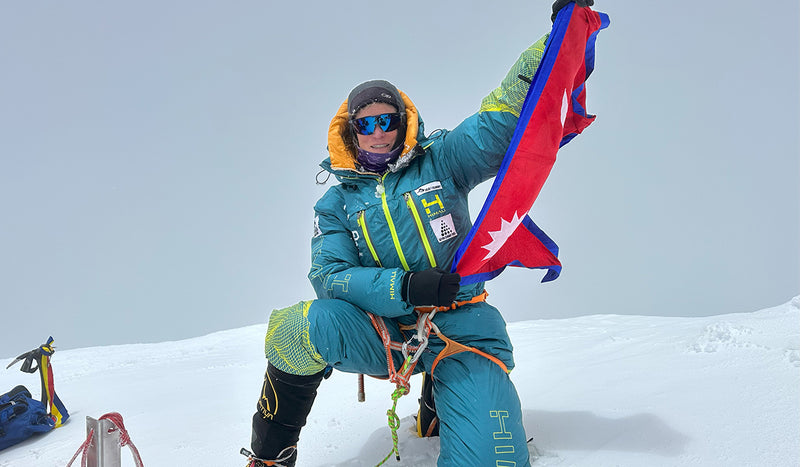Hiking with monks: My Pad Yatra through the Himalayas
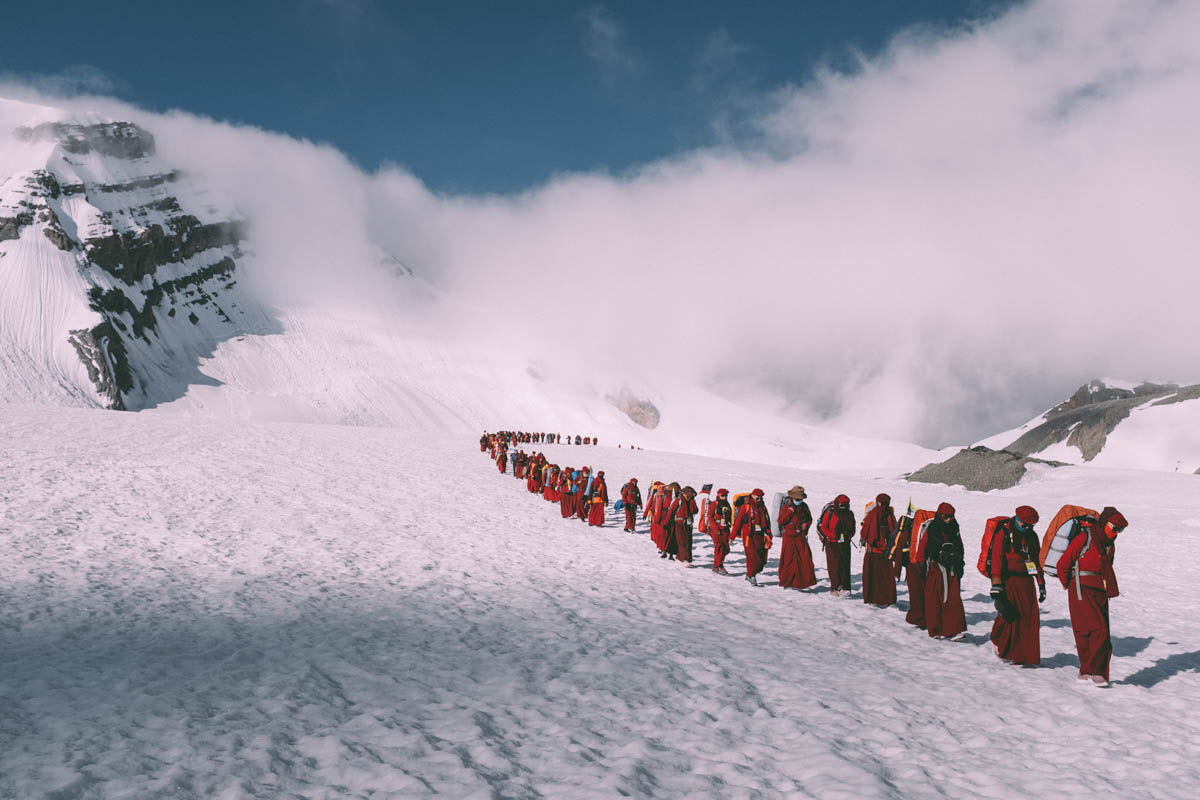
He’s known around the world for his epic aerial photography but Jampal Williamson—one half of the aerial photography duo, Salty Wings—has been turning his camera sights to capturing his epic adventures on the ground.
We chatted to the 28-year-old Perth local about his most recent trip, a multi-day hike through the Himalayas with a hiking party of Buddhist monks and nuns.

Tell us about your latest adventure:
We did a ten-day eco-trek called a Pad Yatra with a humanitarian organisation called Live to Love—a secular non-profit serving the people and resources of the Himalayas.
The founder of Live to Love—His Holiness the Gyalwang Drukpa—is a world-renowned humanitarian, author, environmentalist and champion of gender equality. He led the trek, amongst other Buddhist monks and nuns. The purpose of the trek was to remove rubbish and plastic whilst visiting some sacred monastic sites along the way. The hike took us over a glacier and to heights of 5700m above sea level and ended at one of the highest lakes in the world—Tso Moriri.

We started in a small trekking town called Kaza, in the Spiti Valley at an altitude of 3600m, and from there we made our way north further into the Himalayas. We passed over the highest bridge in Asia and eventually into the mountains. Each day we started at sunrise and usually walked till dark, covering on average 15km.
‘There’s something very satisfying about carrying everything you need to survive on your back.’
Halfway through the hike we summited the Parang La glacier at 5700m. This was a highlight of the trip for me. We started this particular day at 1am, hiking while the snow was still ice hard. We reached the summit at 5am to watch a sunrise touch the peaks around us, enjoying a 360-degree view of mountain crests and valleys.
From Parang La we entered the vast plains below that led us through rivers and desert to finally arrive at lake Tso Moriri, about five days later.
How much rubbish did you collect?
About a bag every day or two. Some parts of the hike there was no rubbish (great sign), and on other days we collected multiple bags.

What made you want to do this particular multi-day hike?
I wanted to do it because it offered something I hadn’t experienced before. A lot of my work involves computer and iPhone screens, and I was keen to unplug and get in touch with the outdoors.
The most challenging part of this trip was the physicality of hiking at altitude. Luckily, that was the worst of our problems, as we all went through the hike without getting sick or injured.
I loved it. There’s something very satisfying about carrying everything you need to survive on your back. Especially coming from living in a city, where everything is so easily accessible. I really enjoyed setting up camp and enjoying a meal at the end of a long day of hiking.
Can other people do this same hike?
Yes, anyone can get involved with Live to Love through their website.
Part of this trekking route is also quite popular amongst hikers and can be easily organised through searching for Spiti Valley online.

Where did you camp during this trip?
We camped at a number of sites—along riverbeds, on steep mountainous hills, on rocks and snow, on grass. It was a big mixture of terrain. The morning before we summitted the glacier, we literally camped between snow and hard pointy rocks. That was interesting!
Tell us about the charity Live to Love:
The Founder of Live to Love—His Holiness the Gyalwang Drukpa—initiated the Live to Love movement, a secular philosophy that encourages communities to use kindness and wisdom to heal the modern world’s challenges, and to celebrate diversity of faiths, cultures and sexual orientation.
‘ I learnt that if an item is not absolutely essential, don’t pack it!’
Live to Love International is the resulting global network of non-profit organisations focused on those goals, pioneering multiple local and cross border projects throughout the Himalayas and beyond.
The Gyalwang Drukpa also gave my brother, sister and myself our names and is a strong friend of our family.
What did you expect from this trip?
I went into this trip with one expectation—that it would be hard! And it was, so no surprisesthere. Other than that, I had no expectations. Having travelled India before, I’ve learnt that anything can happen at any time, and so I’m always just going with the flow.
How did you prepare?
Preparation for this trip was intense as I had only a week to be ready. Having never done this kind of hike, I started Googling and YouTube-ing everything. I went in and talked to some experts at my local camping shops, which helped a lot.
‘Our fellow trekkers came from a different world than us, they spent their mornings and evenings doing seated mantra and Buddhist practice each day (called puja).’
I also got in touch with my friends at Sea to Summit who offered some invaluable advice for multi-day hiking. I learnt that if an item is not absolutely essential, don’t pack it! I still had a number of items that I packed and never used. This process also taught me a lot about the weight of my gear—the lighter, the better!
As soon as I had my gear sorted, I would pack my bag with everything and take off walking around Perth. I got a few long walks in and that made me more comfortable about departing.
What was the gear that you packed but never used?
Walkie talkies, extra T-shirts and pants.
Were your preparations sufficient for this trip?
Somehow, yes. I finished the hike with no injuries or sickness, and I didn’t get cold. I attribute this to packing a daily dose of vitamins—Vitamin C, Vitamin B and a room-temperature probiotic. I studied the average temperatures of the region and packed my gear accordingly.

What Sea to Summit gear did you bring?
This bag was incredible. Lightweight, easy to pack down and very comfy. It kept me warm in -10֯C and the zip system made it easy to adjust the temperature.
Women’s specific Ether light XT Insulated
Another incredible product. Very lightweight, very comfortable and packs down quite small. I found the built in pump sack easy to learn and effective. I thoroughly enjoyed not having to blow up my bed with my mouth in high altitude!

I used this daily—when hiking around the campsite to get water or for my own little walks once the hike for the day was done. I couldn’t believe how small it packs down to. Amazing product.
Solid product. Comfy and takes up no space. Will be taking it with me on every hike in the future.
The Delta Cutlery and camp set
Functional, packs down well.
Great for sorting my gear out. I used a number of different sizes and they helped to organise my gear well.

Who did you go with?
I went with my brother and sister, Jamyang and Chökyi, as well as a vast number of monks and nuns from India and Tibet. It went great. It was the first time my siblings and I did something like that together and we were blown away by the type of people we were trekking with.
‘After our long days of hiking my emotions would come on quite strong—like anger, frustration and sadness—for no real reason other than physical movement.’
Our fellow trekkers came from a different world than us, they spent their mornings and evenings doing seated mantra and Buddhist practice each day (called puja). This happened at sunrise, before breakfast, and at sunset, before dinner. Travelling with people who are walking a spiritual path was humbling. Their focus is on the afterlife, their daily practice is in preparation for death, amongst other things like renunciation of material belongings and their non-attachment to things like bad emotions. That sounds bleak, but each day they were innately happy and full of joy and laughter. I guess there’s not much to worry about when you acknowledge the reality of life and death.

What were the high and low points of the trip?
There were a few high points—reaching the summit of Parang La glacier and feeling the raw power of the Himalayas around me and sharing that experience with my brother and sister. Often the high points were the simple things, like a hot tea or warm meal. I cherished those moments and enjoyed using them to reflect and be still. Another big high point was finishing the trek and the feelings of achievement. We were stoked—and the hot showers never felt so good!
Some low points included boredom, limited sleep and altitude sickness. A challenge that began to emerge for me was that after our long days of hiking my emotions would come on quite strong—like anger, frustration and sadness—for no real reason other than physical movement. However, after these moments, like the next day, these emotions would be replaced with happiness and joy.

Why do you think these powerful feelings came up?
I think we all carry emotions in certain ways and they can be drawn out through intense physical activity. The path we followed was an auspicious one, walked by great buddhist practitioners in the past, so it is considered a spiritual one. Perhaps it was the altitude, the physical movement and the spiritual path that all came together to cause a shift in me. After the powerful negative feelings came, I experienced a sense of calm for days after, and since doing that trek I have felt a greater sense of peace over the following months.

This is a different kind of photography than people are used to from Salty Wings. What’s the reaction been?
Yes, Salty Wings is known for purely aerial photography. However, my passion for photography started with exploring with a camera in my hand long before Salty Wings was born, so these kinds of trips help me connect with why I love photography. People have been loving the work—it’s something different.

What did you want to capture on this trip with your photography?
The rawness of the experience, the light and the Himalayas.
What’s your next big project?
I’m jumping in my car and travelling around Australia. It’s a big trip and a big project that I’m very excited about!
Would you do another multi-day hike?
I plan on doing many many more. Multi-day hikes are a beautiful opportunity to unplug from the internet and connect with nature, which is something I’ll be trying to do a lot more!
PIN FOR LATER

